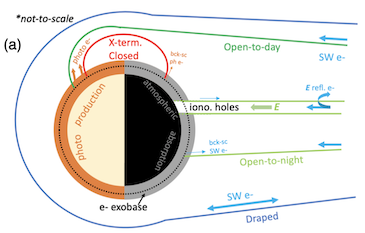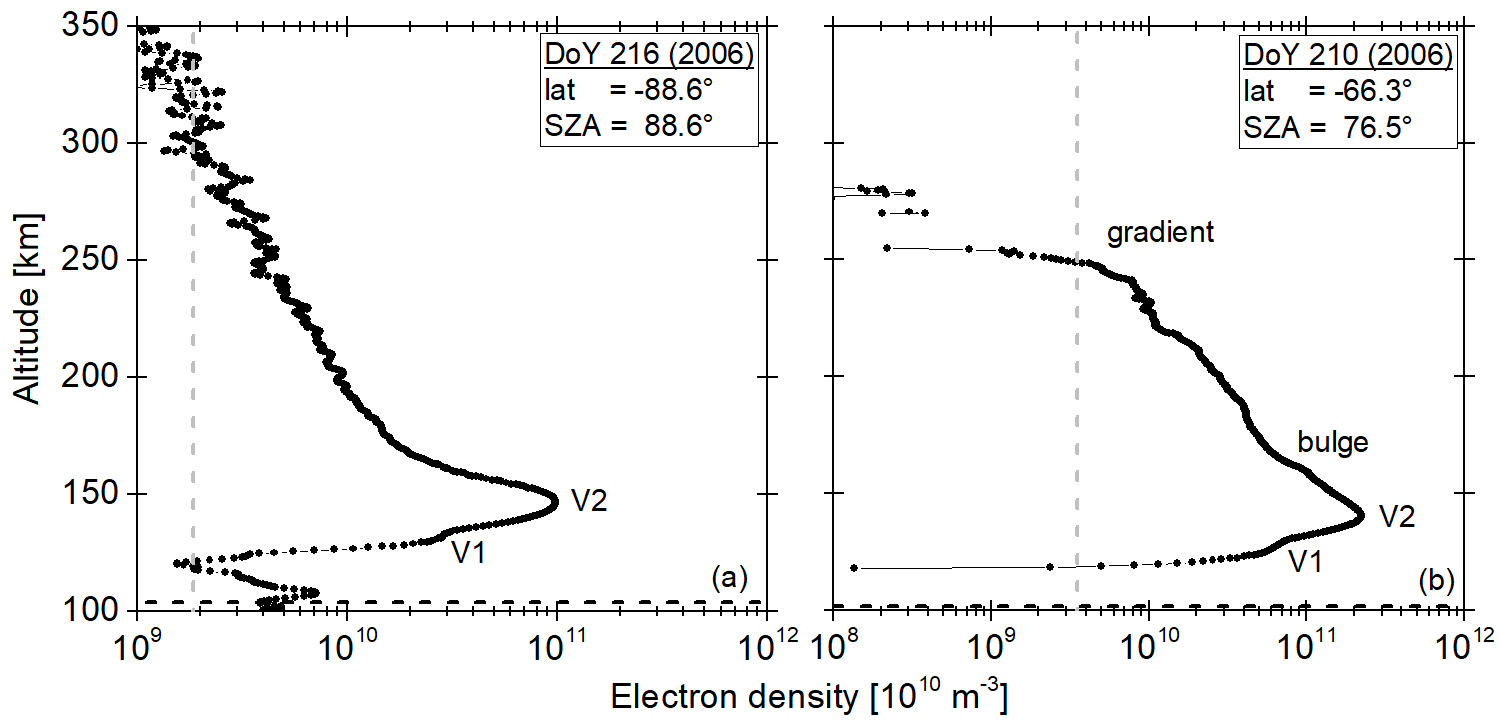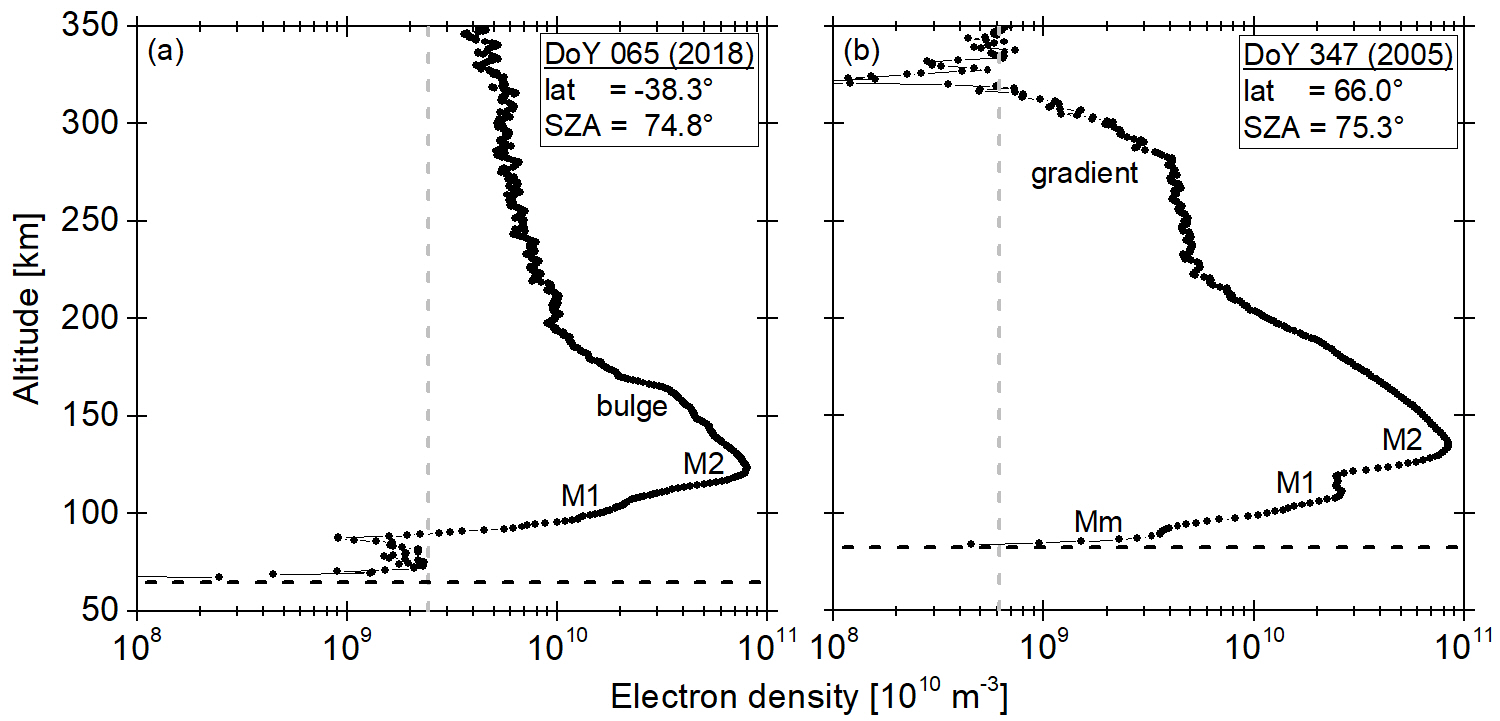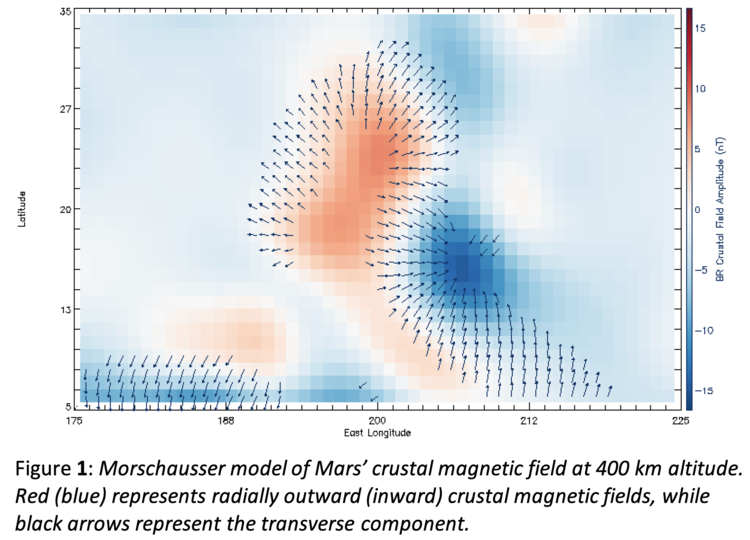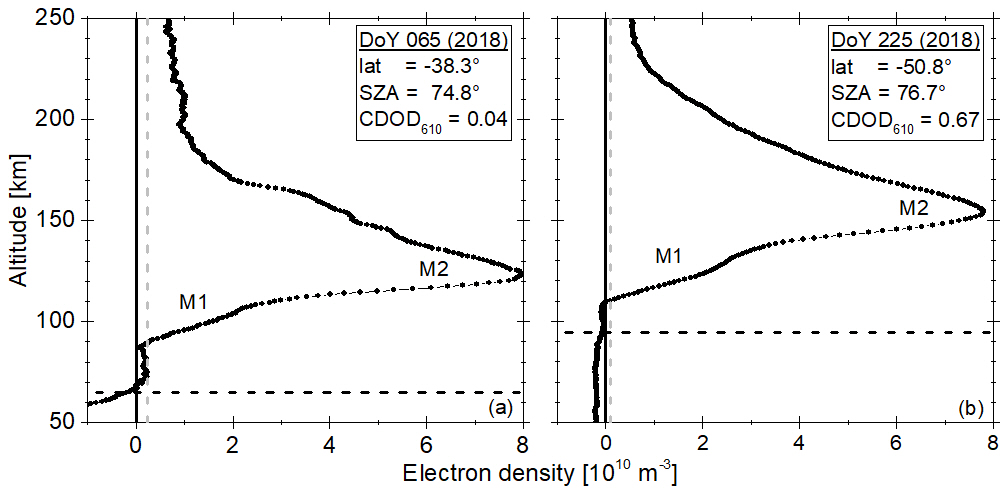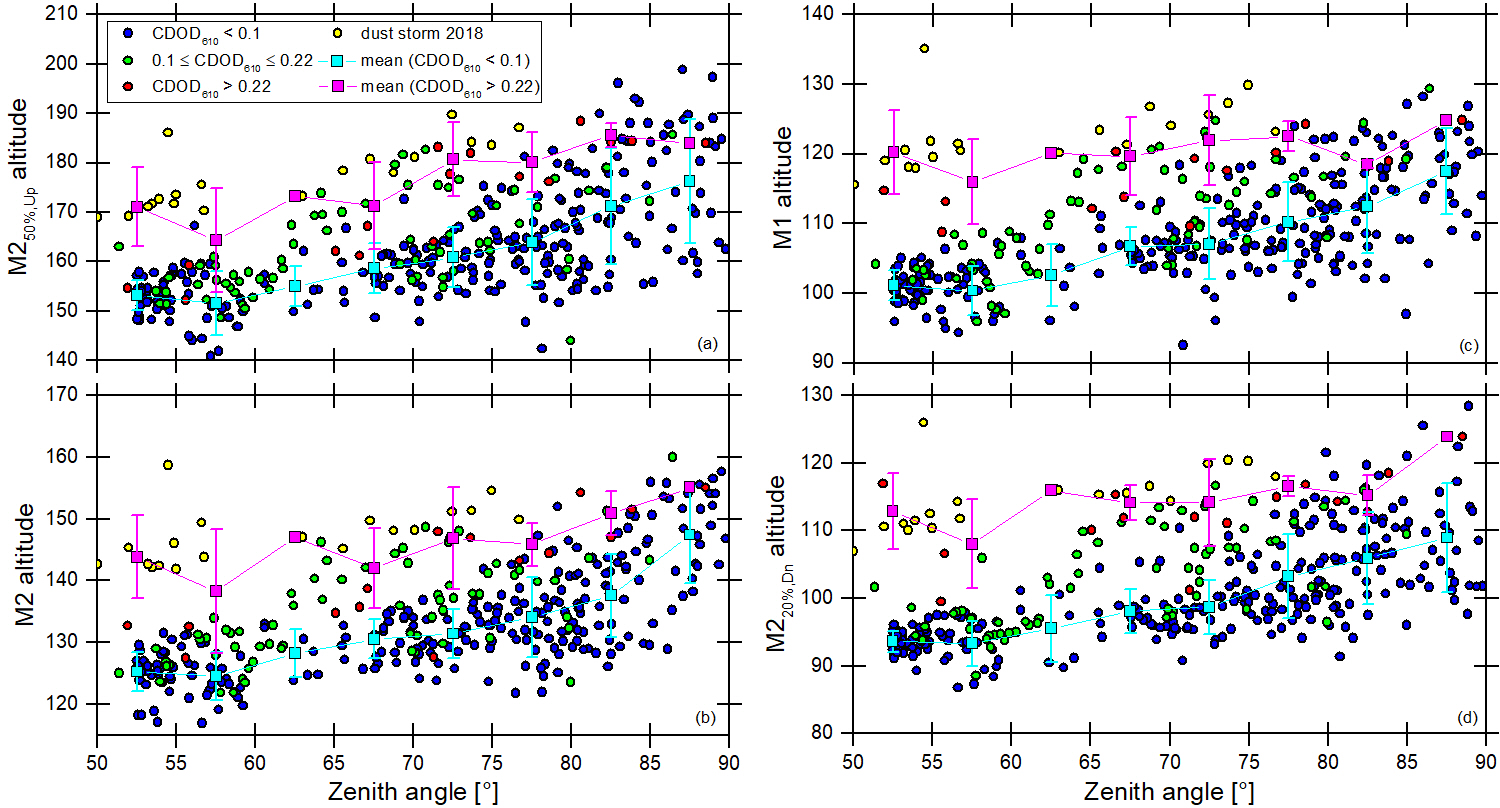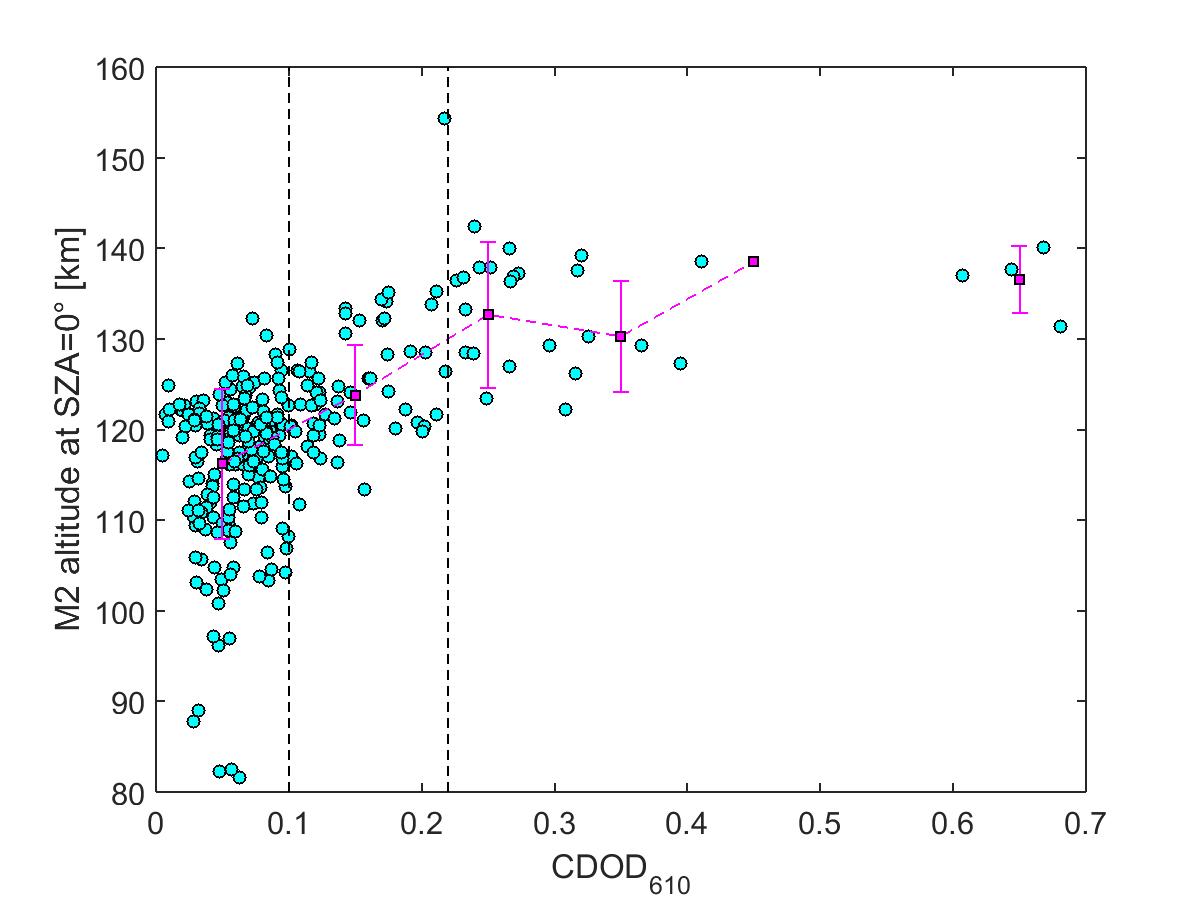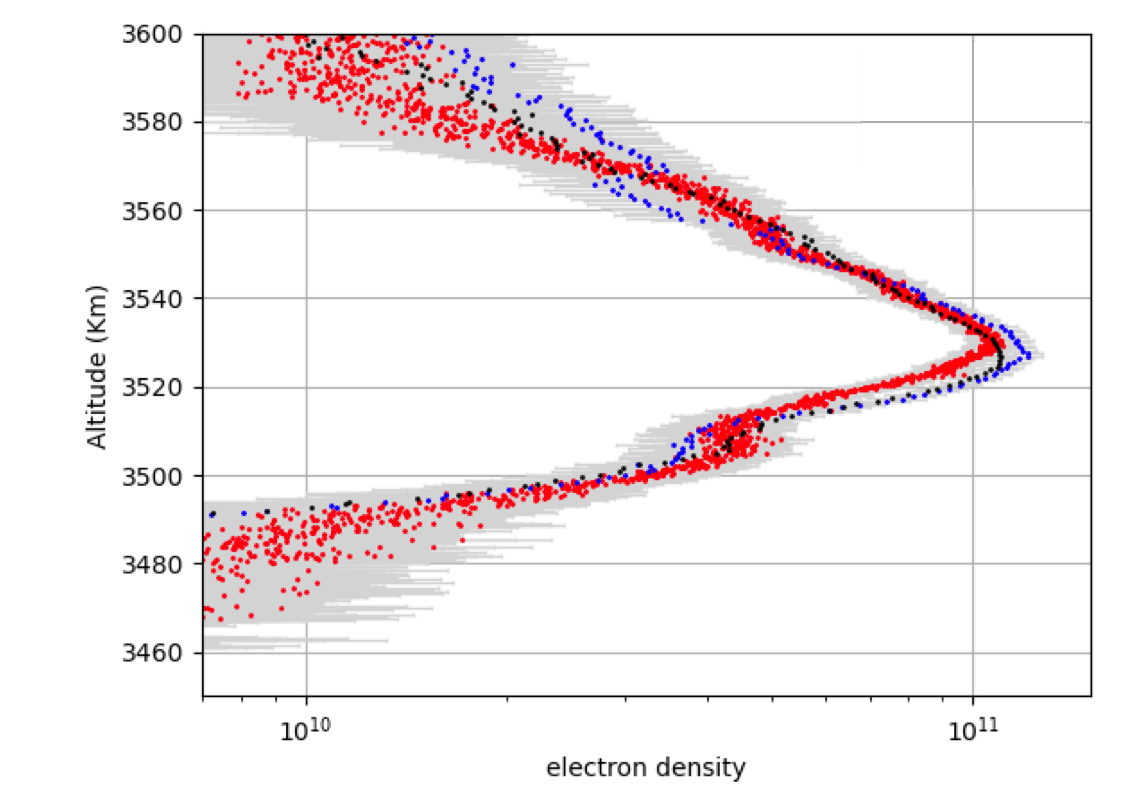Introduction: The Rosetta spacecraft followed the comet 67P/Churyumov-Gerasimenko for two years, through the atmosphere expanding and subsequently contracting with solar distance and cometary activity. Thus, while the spacecraft itself did not travel much, various cometary ionosphere-solar wind interaction regions passed over the spacecraft. The solar wind ion cavity was one such region, when the spacecraft detected no solar wind for a few months surrounding perihelion. Just before and after the solar wind ion cavity, the Rosetta Ion Composition Analyzer (ICA) saw a highly deflected solar wind, with occasionally sunward velocities. This deflection is due to mass loading, which occurs when heavy ions are slowly added via pickup to a fast-moving plasma such as the solar wind. Mass loading is driven by momentum transfer from the solar wind to the cometary pickup ions (primarily H2O+), and so the pickup ions are increasingly directed antisunward, while the solar wind is deflected away from its original path.

Figure 1: Solar wind and cometary ion momentum flux for the whole mission, with case study dates marked.
This momentum transfer is exemplified when comparing the momentum flux of the solar wind to that of the cometary ions. For roughly two months before and after the solar wind ion cavity, the magnitude of the solar wind momentum flux is below that of the pickup ions [1]. At the beginning and end of the mission, when comet activity was low, the solar wind momentum flux dominates. To study mass loading in more detail, we choose two days as case studies: January 23, 2016, where the momentum flux is dominated by the pickup ions, and May 10, 2016, when the solar wind dominates, shown by the red lines in figure 1.
Data: The data used in this study is from ICA, an ion mass spectrometer with a 360x90 degree field of view designed to measure the three-dimensional velocity distribution function of positive ions around comet 67P. ICA has a nominal energy range from a few eV to 40 keV and is capable of distinguishing between protons, helium ions, alpha particles, and water products originating from the comet nucleus [2]. We show the velocity distribution function for both cases in figures 2 and 3. ICA observes distribution function as a function of energy bin, sector, and azimuth angle. We project the distribution function values into cartesian coordinates where x is sunward, y is along B, and z is along E. Each row of figures 2 and 3 shows the 3D distribution projected onto the z and y axes, respectively. One ICA scan, and therefore one distribution function value, takes 192 s. We here show the values summed over a few hours during the case study days when the magnetic field was stable, so as to eliminate changes in the distribution due to a changing magnetic field direction.
Results:
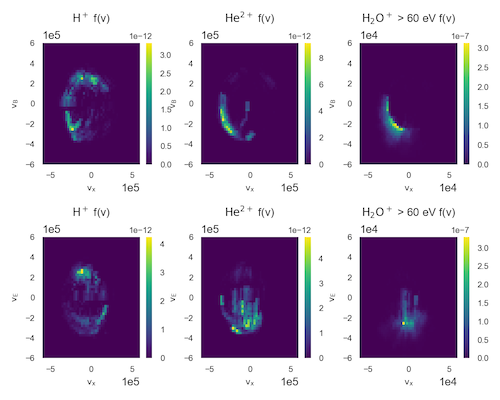
Figure 2: Distributions for H+, He2+, and pickup ions for case 1, January 23, 2016.

Figure 3: Distributions as above for case 2, May 10, 2016.
There is a clear difference for all three species shown between figure 2 and figure 3. Figure 3 shows the more "undisturbed" case, and the solar wind for both the protons and alphas looks relatively beam-like, as would be expected. The pickup ions are sparse during this time, as most of the cometary ions have energies below 60 eV, our chosen cutoff limit to distinguish pickup ions from newborn ions. However, they appear to be scattered into a partial shell distribution, typical for pickup ions.
In figure 2, however, this situation is nearly reversed, with the cometary ions having a more beam-like distribution than the protons, which are smeared in phase angle. The protons have both sunward and antisunward (+/- x) velocity, which is also reflected in the momentum flux for this day. Surprisingly, the alpha particles look more similar to the pickup ions. This is likely because, due to their larger mass, their gyroradius in this case is closer to that of the pickup ions than the protons. The reverse is true for figure 3, when the pickup ions have a much larger gyroradius.
While the proton distribution in figure 2 looks like a shell, the time evolution of the distribution shows that it is actually rotating in time, even though the magnetic field is not changing. This makes it a rotating non-gyrotropic distribution, which are most commonly seen in magnetosheaths such as at comet 1P/Halley and comet 26P/Grigg-Skjelleup for the pickup ions, not the protons [3,4].
Discussion: Models show rotating non-gyrotropic distributions for cometary pickup ions when their density is a fraction of the proton density. In case 1, however, the proton density is roughly 12% of the pickup ion density. Therefore, we suggest that due to the dominance of the pickup ions in case 1, the solar wind is mass loaded enough that the pickup ions and protons essentially switch roles. This could happen downstream of a bow shock (e.g. in a magnetosheath) that was not directly detected by Rosetta. However, detections of an "infant bow shock" and warm, broadened proton distributions during the same time period also suggest the spacecraft was downstream of a shock [5,6]. Because the protons are affected, but not the alphas, this indicates a phenomenon with a scale on the order of the proton gyroradius, but smaller than the alpha gyroradius, which would be possible for a narrow shock structure. Thus it is likely that case 1 is inside a nascent cometosheath downstream of a bow shock, similar to magnetosheaths seen at unmagnetized planets such as Mars.
[1] H. N. Williamson et al. Geophys. Res. Lett.47.15 (2020).
[2] H. Nilsson et al. Space Sci. Rev.128.1-4 (2007), pp. 671–695.
[3] U. Motschmann et al. Ann. Geophys.15.6 (1997), pp. 603–613.
[4] U. Motschmann et al. Ann. Geophys.17.5 (1999), pp. 613–622.
[5] H. Gunell et al. Astron. Astrophys.619. March 2015 (2018), pp. 1–5.
[6] C. Goetz et al. Ann. Geophys. October (2020), pp. 1–23.



